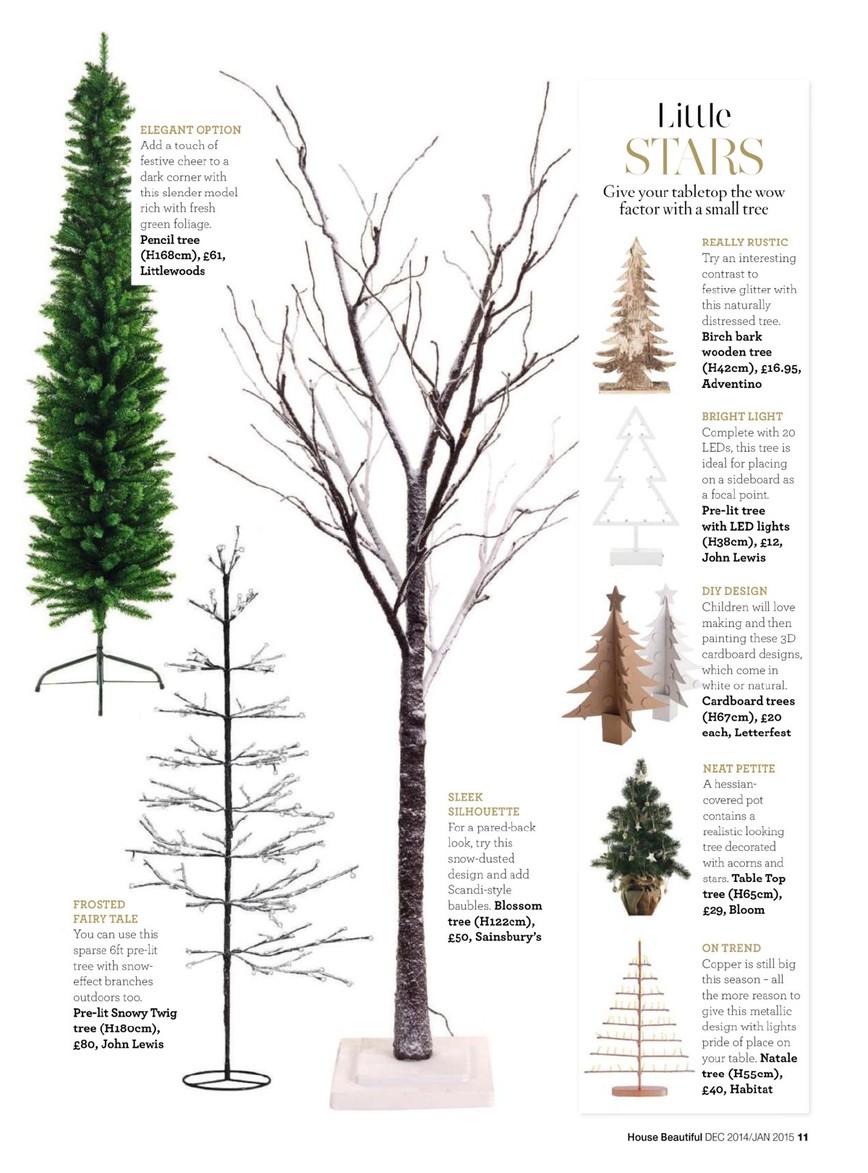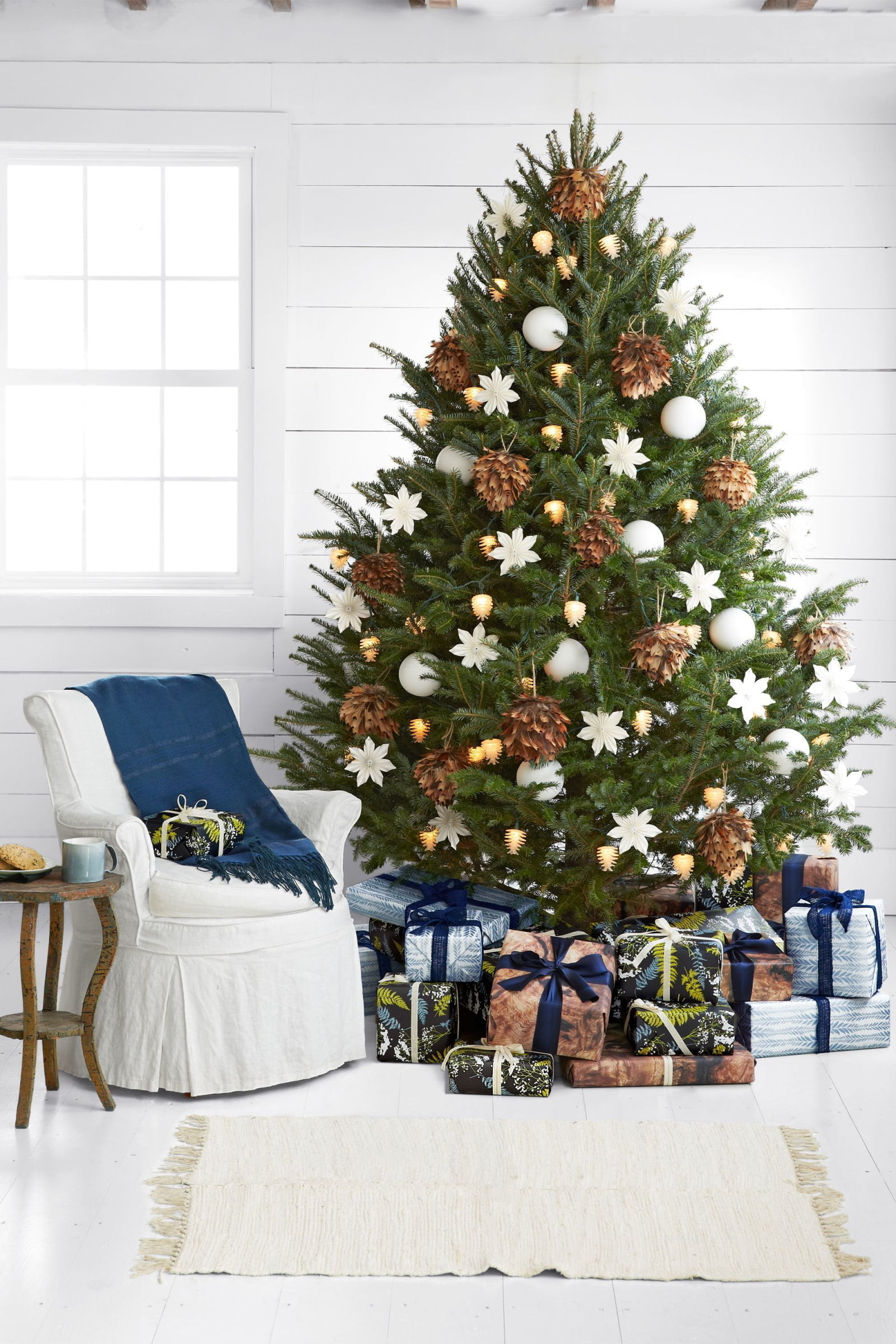5 Origins of Christmas Decorations You Should Know

Christmas decorations transform our homes into festive wonderlands, bringing joy and warmth during the cold winter months. But have you ever stopped to wonder where these traditions come from? Understanding the origins of Christmas decorations can add a layer of depth to the merriment, enriching our celebrations with historical context and cultural significance. Here, we delve into five intriguing origins of Christmas decorations that are integral to holiday celebrations worldwide.
The Christmas Tree


The Christmas tree is perhaps the most iconic of all holiday decorations. Its origins trace back to 16th-century Germany, where it is believed that Martin Luther, the Protestant reformer, first used evergreen trees as a symbol of eternal life. The story goes that while walking through a forest one winter night, Luther was so moved by the beauty of the starlit evergreen trees that he brought one home to his family. Over time, this practice evolved with families decorating their trees with candles, baubles, and other adornments.
- German Roots: The first documented use of a Christmas tree comes from Germany in 1510.
- English Adoption: Queen Victoria and Prince Albert popularized the Christmas tree in England after illustrations of their tree were published in 1848.
- Modern Evolution: The use of electric lights instead of candles began in the early 20th century, reducing fire hazards and enhancing the tree's festive glow.
🌲 Note: The tradition of Christmas trees has spread worldwide, with each culture adding its unique decorations and meanings.
Wreaths


The wreath is another enduring symbol of the festive season. Initially, wreaths were hung as a symbol of victory in ancient Rome. Over time, this circular arrangement of greenery became associated with the continuity of life, a theme that fits well with Christmas. Evergreen branches signify life through winter, while the circular shape represents eternal life or the never-ending love of God.
- Victorian Era: Wreaths were adorned with ribbon, pinecones, and holly, becoming a standard decoration during the Victorian era.
- Symbolism: The colors of red and green, often used in wreaths, are symbolic; red represents the blood of Christ, while green signifies eternal life.
- Modern Wreaths: Today, wreaths are not only made of traditional evergreens but also from a variety of materials including dried flowers, berries, and even artificial elements.
🌿 Note: In many cultures, wreaths are hung on doors to welcome visitors with a message of peace and hospitality.
Mistletoe


The tradition of hanging mistletoe dates back to Norse mythology. According to legend, Frigg, the goddess of love, made mistletoe sacred after its power was used to kill her son Balder. She declared that from then on, mistletoe would bring love rather than harm, leading to the custom of kissing under it. This practice was brought to mainstream attention by Washington Irving’s book "The Sketch Book of Geoffrey Crayon" in the 19th century.
- Mistletoe Lore: In Celtic tradition, Druids believed that mistletoe had mystical powers, especially when gathered during the new moon.
- English Tradition: The custom of kissing under the mistletoe became widespread in England by the 18th century.
- Modern Use: While the tradition is more romantic than religious nowadays, mistletoe remains a playful and festive decoration.
Holly


Holly has long been a staple in Christmas decorations, with its vibrant red berries and sharp leaves. Its use in Christmas celebrations can be traced back to pre-Christian times in Europe, where it was believed to ward off evil spirits and bring good fortune. Christians later adopted holly as a symbol for the Crown of Thorns worn by Jesus, with the red berries representing the drops of blood shed for mankind.
- Plant Symbolism: The prickly leaves of holly remind people of the thorns in Jesus' crown, and the red berries, his blood.
- Victorian Influence: During the Victorian era, holly became popular in festive decorations, often paired with ivy.
- Modern Decor: Holly is now used in wreaths, garlands, and as table centerpieces, maintaining its dual symbolism of protection and celebration.
Candles


Candles have a deeply spiritual significance, with light symbolizing the birth of the Savior in Christian theology. During Christmas, candles are used to represent the Star of Bethlehem that guided the Magi to Jesus. Before the advent of electric lights, candles were the main source of illumination and symbolized the 'light of the world' coming to dispel darkness.
- Old Customs: The tradition of lighting a candle in each window began as a symbol to guide travelers to a warm home or as a sign of welcome.
- Advent: The Advent wreath, with its four candles, counts down the weeks until Christmas, each candle symbolizing a hope, peace, joy, and love.
- Contemporary Adaptations: Today, while real candles are still used, LED candles have become popular for safety and convenience, especially in households with children or pets.
💡 Note: In some cultures, candles are also used in luminaries to guide the way for the Holy Family or to remember the souls of the departed.
Understanding these origins adds depth to our celebration of Christmas, linking modern festivities with ancient customs and folklore. Each decoration we hang or place in our homes tells a story of history, culture, and symbolism. By learning about these traditions, we not only enhance our personal enjoyment of the holiday but also pass on these rich legacies to future generations, ensuring the continuation of these timeless traditions.
Why are evergreen plants used in Christmas decorations?

+
Evergreen plants are used because they symbolize eternal life and the perseverance of life through the harsh winter months, aligning with the Christian theme of everlasting life through Christ.
What is the significance of the Christmas star?

+
The Christmas star often refers to the Star of Bethlehem, which according to the New Testament, guided the Magi (Wise Men) to Jesus, symbolizing divine guidance and the beginning of Christ’s earthly life.
Can the origins of Christmas decorations vary by culture?

+
Absolutely. While there are common themes, the origins and meanings of decorations can vary significantly from one culture to another, with each adding its unique practices and symbolism to the holiday.



